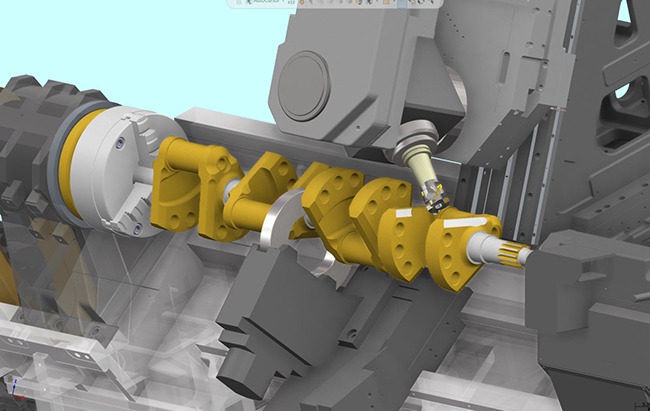
It’s been almost 150 years since the first gas engine automobiles drove down the street, and in that time, the automotive industry has made incredible leaps. Just as the automotive industry was perfecting self-driving vehicles and discovering new, high-tech materials, though, it was stopped in its tracks. COVID-19, the blockage of the Suez Canal, and the ongoing microchip shortage all brought automotive manufacturing to a trickle. Luckily, the industry is well on its way to recovery. And it’s a good thing it is. Even though production waned, car sales did not decrease proportionally, leading to a low supply and high demand. Experts predict that 2021 through 2023 will see an even heftier increase in personal automotive sales, especially of SUVs and pickup trucks in the U.S. To meet this need and to continue producing the safest cars with the best technology, manufacturers rely on CNC machining.
Why is CNC machining used for the automotive industry?
With faster and faster model redesign becoming necessary to stay competitive, manufacturers are moving to high-mix/low-volume production and making more specialized, extremely complex parts. As they do, one of their main concerns is in maintaining a low body weight without sacrificing the integrity and overall safety of the vehicle. Often this requires the machining of “difficult” materials— materials that are prone to warping or fracturing during machining. Most often, automotive production uses aluminum and other lightweight material. Relatively new to the industry is polymethyl methacrylate (PMMA) acrylic, a shatter-resistant alternative to standard glass used for lighting fixtures and which poses its own machining trouble. Manufacturers are also recognizing the increased desire for luxury tech in their passenger vehicles, which rely on specialized electronic parts with extremely tight tolerances.
Meeting these tolerances while maintaining the integrity of the material would be next to impossible without computer numerical control (CNC) machining, which removes the need to manually machine parts. It is especially important to the repeatability and timeliness of production, something vital to the industry that invented the assembly line. Automated CNC machining sends code to machines so that operators only have to set up the material and press the start button.
What are the applications?
In vehicle manufacturing, milling and mill-turn machining are most widely used. Manufacturers rely on these techniques to make driveshafts, suspension components, cylinder heads, exhaust systems, molds for parts, and much more. The entire engine block can be machined from a large aluminum piece if the machining code is precise enough, and that same precision can produce parts as small as bushings and valve retainers. CNC machining is particularly useful for electric vehicle (EV) manufacturing, which is predicted to be 25% of the global vehicle manufacturing by 2030. 3D printing is used extensively for EV manufacturing, but to attain the tolerances required for a safe, efficient vehicle, those printed parts need to be machined to specs by CNC machining.
What are the benefits of using CAM software?
The bottom line is that automotive manufacturers need to be pairing their CNC machining with CAM software to stay competitive. The recent supply chain shortages, increasing vehicle sales, and ever-present safety standards make precision and speed of the utmost importance. Achieving that efficiency is impossible with manual G-code writing. With a superior CAM system, manufacturers can trust their software to automatically find the best way to machine their parts. These systems will come with technology that ensures machining without gouges or warping, simulates the finished product as well as the machining process, and can guarantee quality even at the highest feeds and speeds.
Mastercam capabilities for CNC machining for the automotive industry
Mastercam is the most widely used CAM system in the world and is used heavily by automotive manufacturers and suppliers. Not only does its intuitive technology automatically write the most efficient, most sound code, but its Dynamic Motion technology also takes machining safety and output to a new level. Dynamic Motion constantly evaluates the material being machined for optimal chip load, and automatically adjusts the toolpath to maintain a consistent, efficient, optimal load on the tool. The result is faster cutting, safer toolpaths, and extended tool life.

Mastercam integrates with existing PLMs and can be paired with powerful third-party add-ons for advanced design and verification. Its Mill-Turn product provides elegant solutions for milling, turning, and drilling with the fewest setups and highest speeds. Ready to try Mastercam’s solutions for the automotive industry? Download Mastercam Demo/HLE here.


